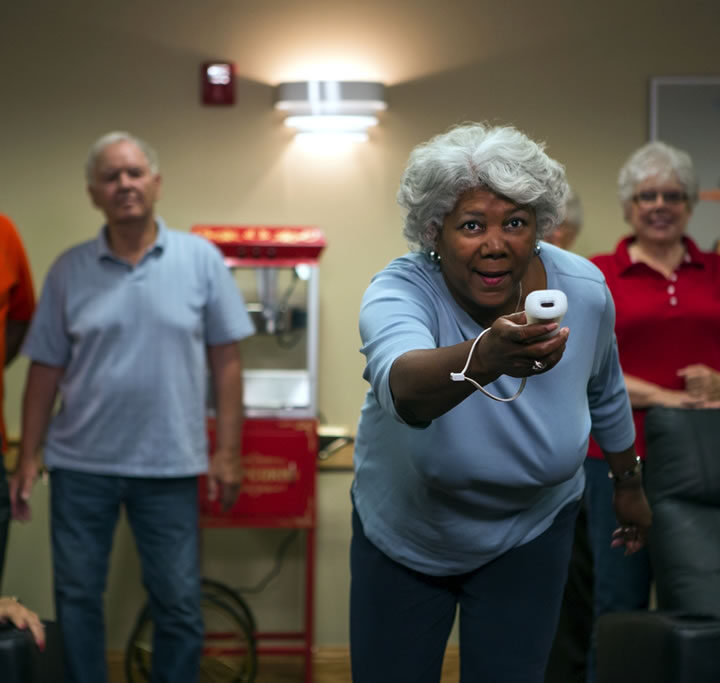The father of an autistic child with Down syndrome has said that an iPad with a speech app has made more difference to his son’s life than the far more expensive dedicated device offered under state programs.
The piece highlights the gap between what will most benefit kids with special needs, and what healthcare and education programs are willing to pay for …
David Perry tells the story of his son in a piece in The Verge.
My son is 15. He is also an autistic boy with Down syndrome. From the moment he was born, well-informed experts, well-intentioned fellow parents, and a whole universe of marketing suggested that technology would provide answers to many of the problems we’d end up facing […]
Technology can provide disabled people with wondrous new tools, but only — as with so many kinds of innovation — when they are married to systems that take into account our complex and varied humanity […]
My son’s most significant needs relate to speech. By the time he was three, it was clear he was not going to predominantly use verbal speech, though he was learning to communicate in a wide variety of ways. His speech therapist at the time quickly sent us to a world-class facility to assess the best way for him to use tech to talk.
What they hoped for was a $250 speech app, and an iPad on which to run it. What they got was three thousand dollars’ worth of the lowest-tech you could possibly imagine.
We tried a wide variety of devices, but because he had the manual dexterity to operate the simplest one, that’s the one the state would pay for. Within a few weeks after having it prescribed, we had a plastic box where you could literally cut and paste pieces of paper with words and pictures on it, and then use your voice to record sounds that then my son could press to play out loud. It was over a foot long. It cost over $3,000 […]
We wanted Proloquo2go, one of a number of programs that can reproduce words or phrases by selecting from an infinitely customizable menu. It cost $250, which we didn’t have, and needed to be on an iPad, which we also couldn’t afford. The price would have been much lower than our state-funded arts and crafts box, but at the time the system wouldn’t pay for medical programs on non-medical devices.
Fortunately, a donor stepped in to provide the iPad and app. Not only has that provided the teenager with the much-needed speech app, which he’s able to use at school, but it has also given him access to much-needed visual and auditory stimulation – key to an autistic child…..READ MORE
CREDIT: 9TO5MAC












